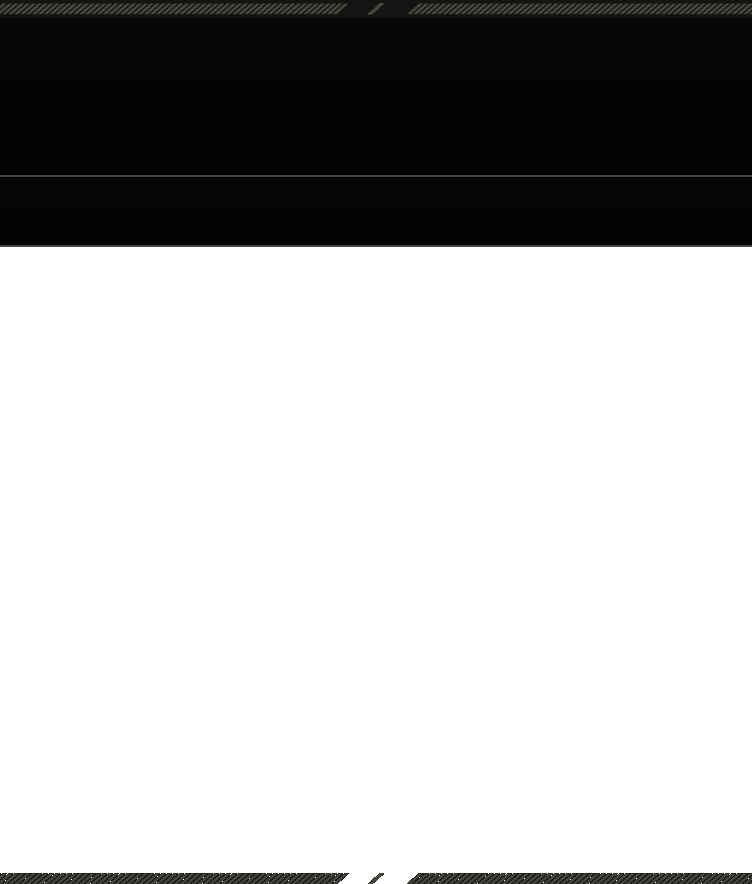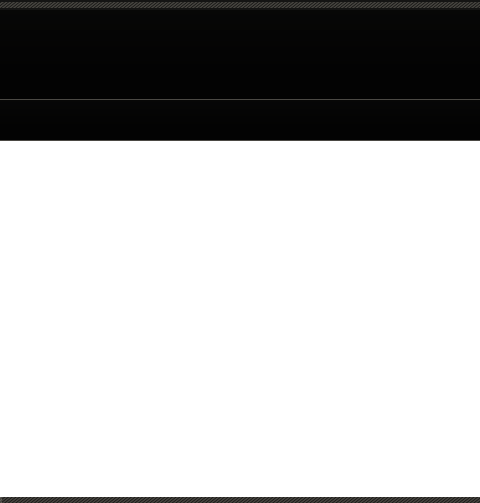

The Stanley Kubrick Website (unofficial website)

Dr. Strangelove (1964)
Kubrick's next project was Dr. Strangelove or: How I Learned to Stop Worrying and Love the Bomb (1964), another satirical black comedy. Because Kubrick came of age after World War II and the beginning of the Cold War period, he, like many others, was worried about the possibilities of nuclear war. He became preoccupied with it in the late 1950s, fearing that New York, where he lived, could be a likely target, and even considered moving to Australia, particularly Sydney or Melbourne. He began consulting with others about the possibility of making the subject into a movie. The novel Red Alert was recommended to Kubrick, and after reading it he saw in it the makings of a good film story about nuclear war. Kubrick then began working on a screenplay along with his producer, James B. Harris, who had produced three of his previous films. Another collaborator was Red Alert's author, Peter George, who would subsequently also write the novelization of the film, dedicating it to Kubrick. Kubrick setting up the camera for a scene in Dr. Strangelove During that writing period, Kubrick decided that turning the otherwise frightening and serious story into a satire would be the best way to make it into a film, although Harris felt otherwise, and chose not to produce it. Kubrick told Harris, "The only way this thing really works for me is as a satire. It's the same point, but it's just a better way of making the point." Harris recalls being worried that Kubrick had ruined his career, but being pleased with the result. According to LoBrutto and others, "Kubrick was taking a bold and dangerous leap" in his decision to make Red Alert into a comedy, as the topic of nuclear war as a film subject at that time was "considered taboo" and "hardly socially acceptable". Before writing the screenplay as a satire, Kubrick studied over forty military and political research books, including unclassified information on nuclear weapons and effects from Charles B. Yulish of the U.S. Atomic Energy Commission. He decided that a "serious treatment" of the subject would not be believable, and that some of his most salient points would be fodder for comedy. He then decided to try to "treat the story as a nightmare comedy." Kubrick found that the film would be impossible to make in the U.S. for various technical and political reasons, forcing him to move production to England. There, he developed what became the "first important visual effects crew in the world". To help him write the screenplay, Kubrick hired noted black comedy and satirical writer Terry Southern. Together, they worked closely to transform Red Alert into "an outrageous black comedy" loaded with "outrageous dialogue". LoBrutto notes that the final product is a "raucous satire" that merges Kubrick's "devilishly dark sense of humor" from the New York streets and Southern's "manic comedic

Quick facts
Directed by Stanley Kubrick Produced by Stanley Kubrick Screenplay by Stanley Kubrick, Terry Southern and Peter George Based on Red Alert by Peter George Starring Peter Sellers George C. Scott Sterling Hayden Keenan Wynn Slim Pickens T racy Reed Music by Laurie Johnson Cinematography Gilbert Taylor Edited by Anthony Harvey Production company Hawk Films Distributed by Columbia Pictures Release dates January 29, 1964 Running time 94 minutes[1] Country United Kingdom[2] United States[2]



Dr. Strangelove (1964)
Kubrick's next project was Dr. Strangelove or: How I Learned to Stop Worrying and Love the Bomb (1964), another satirical black comedy. Because Kubrick came of age after World War II and the beginning of the Cold War period, he, like many others, was worried about the possibilities of nuclear war. He became preoccupied with it in the late 1950s, fearing that New York, where he lived, could be a likely target, and even considered moving to Australia, particularly Sydney or Melbourne. He began consulting with others about the possibility of making the subject into a movie. The novel Red Alert was recommended to Kubrick, and after reading it he saw in it the makings of a good film story about nuclear war. Kubrick then began working on a screenplay along with his producer, James B. Harris, who had produced three of his previous films. Another collaborator was Red Alert's author, Peter George, who would subsequently also write the novelization of the film, dedicating it to Kubrick. Kubrick setting up the camera for a scene in Dr. Strangelove During that writing period, Kubrick decided that turning the otherwise frightening and serious story into a satire would be the best way to make it into a film, although Harris felt otherwise, and chose not to produce it. Kubrick told Harris, "The only way this thing really works for me is as a satire. It's the same point, but it's just a better way of making the point." Harris recalls being worried that Kubrick had ruined his career, but being pleased with the result. According to LoBrutto and others, "Kubrick was taking a bold and dangerous leap" in his decision to make Red Alert into a comedy, as the topic of nuclear war as a film subject at that time was "considered taboo" and "hardly socially acceptable". Before writing the screenplay as a satire, Kubrick studied over forty military and political research books, including unclassified information on nuclear weapons and effects from Charles B. Yulish of the U.S. Atomic Energy Commission. He decided that a "serious treatment" of the subject would not be believable, and that some of his most salient points would be fodder for comedy. He then decided to try to "treat the story as a nightmare comedy." Kubrick found that the film would be impossible to make in the U.S. for various technical and political reasons, forcing him to move production to England. There, he developed what became the "first important visual effects crew in the world". To help him write the screenplay, Kubrick hired noted black comedy and satirical writer Terry Southern. Together, they worked closely to transform Red Alert into "an outrageous black comedy" loaded with "outrageous dialogue". LoBrutto notes that the final product is a "raucous satire" that merges Kubrick's "devilishly dark sense of humor" from the New York streets and Southern's "manic comedic

Quick facts
Directed by Stanley Kubrick Produced by Stanley Kubrick Screenplay by Stanley Kubrick, Terry Southern and Peter George Based on Red Alert by Peter George Starring Peter Sellers George C. Scott Sterling Hayden Keenan Wynn Slim Pickens T racy Reed Music by Laurie Johnson Cinematography Gilbert Taylor Edited by Anthony Harvey Production company Hawk Films Distributed by Columbia Pictures Release dates January 29, 1964 Running time 94 minutes[1] Country United Kingdom[2] United States[2]


















